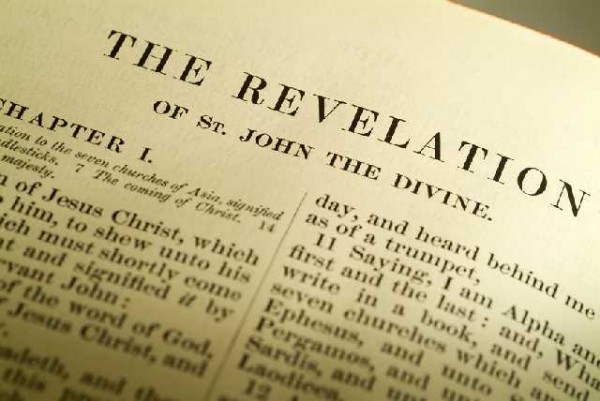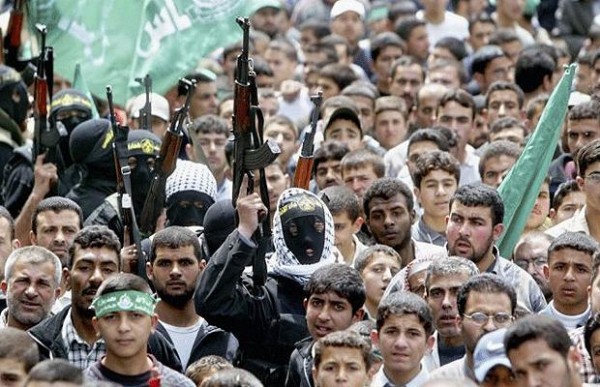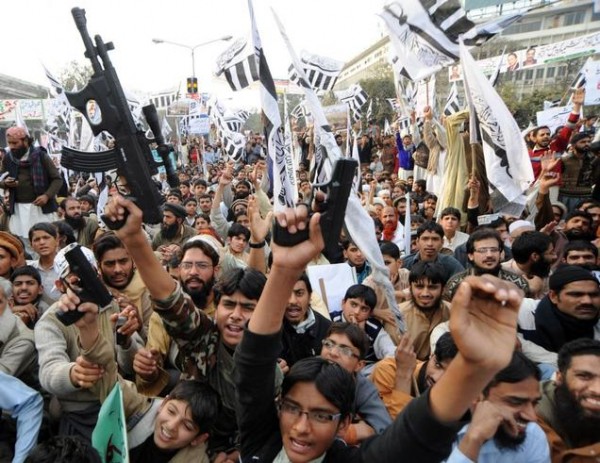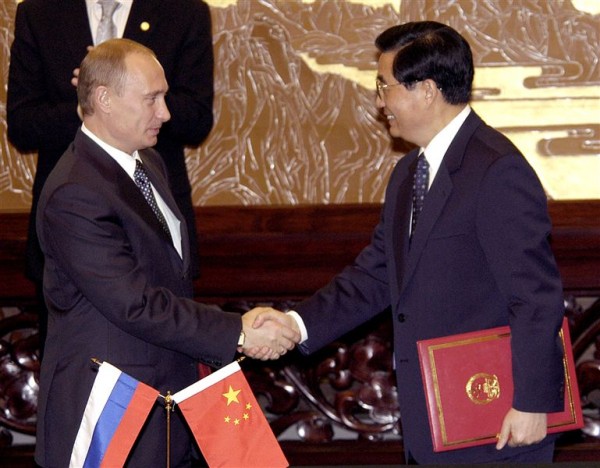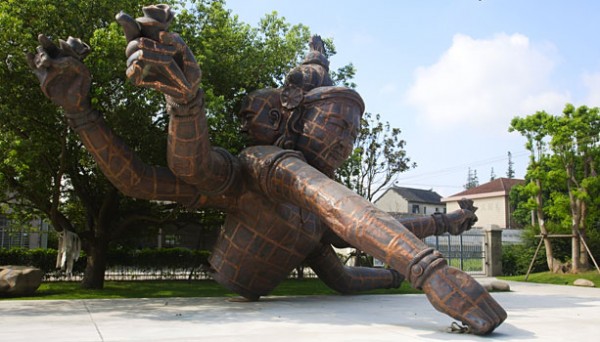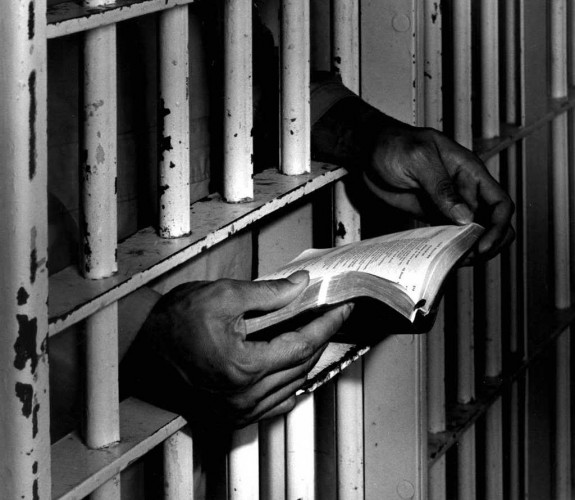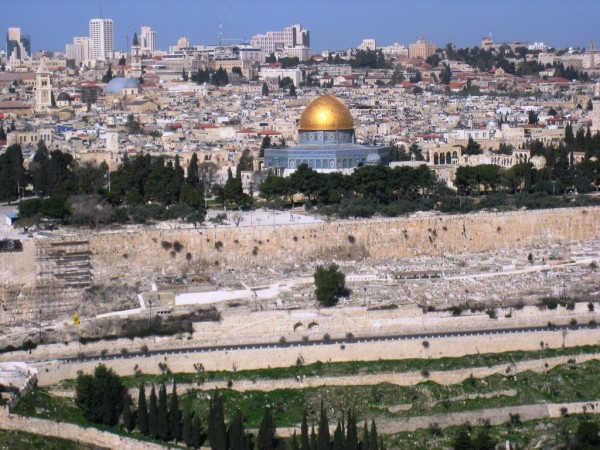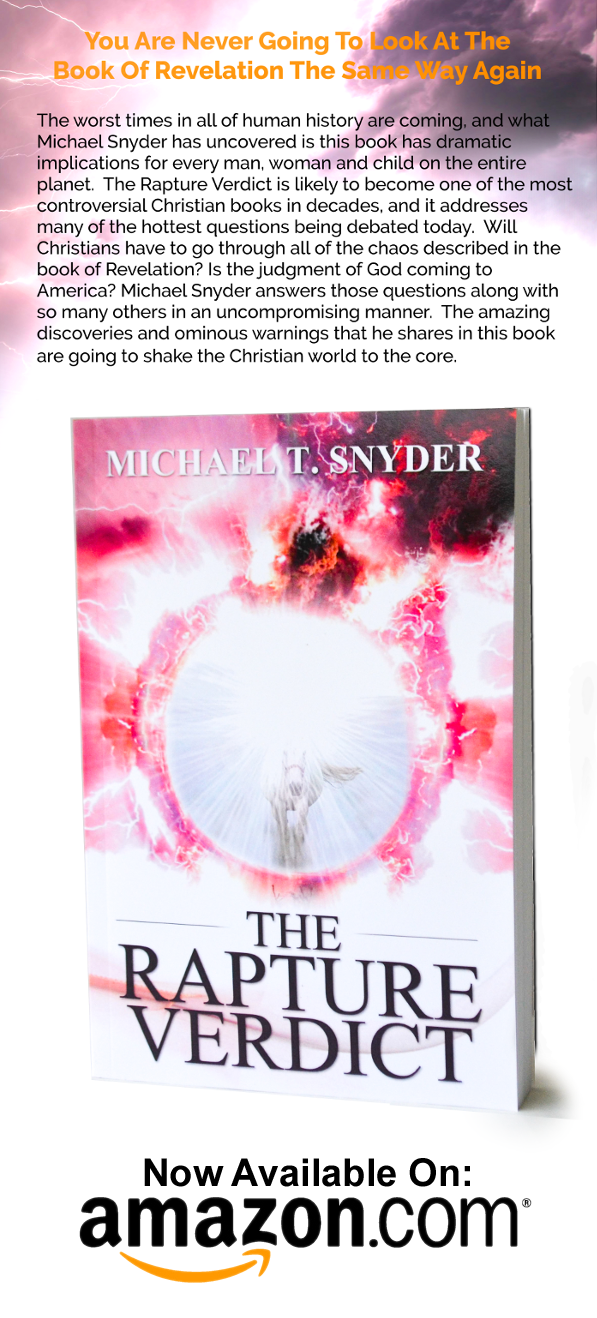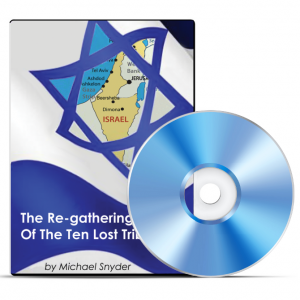Those who have studied the Biblical festivals in the Torah understand that God has always had all of His most important events fall on those days. Many students of Bible prophecy are beginning to understand that this is going to be true during the last days just as it has been throughout history. For example, Yahshua (Jesus) was crucified on the eve of Passover at the same time that the Passover lambs were being slaughtered in Jerusalem in preparation for the festival. In fact, during the original Passover the people of Israel were instructed to place the blood of their lambs on the doorposts of their home. Why? It was to foreshadow the Messiah. The vast majority of doorposts, even today, are made of wood. Wood comes from trees. So by putting the blood on the doorposts, the message to the people of Israel was that the blood of the lamb on the tree covers them from the wrath of God. That was prophetic of what the Messiah would do for all of us one day.
Not only that, but if you do a careful study you will find that so many of the important events in the Scriptures fell on these festival days. The 10 Commandments were given to Moses on Shavuot (Pentecost) and on that exact same day the Holy Spirit was poured out on the early believers in Yahshua (Jesus). In the gospel of John it tells us that the Word became flesh and “tabernacled” among us, and that is exactly what happened when Yahshua (Jesus) was born during Sukkot (the Feast of Tabernacles). In fact, for over a thousand years before Messiah came, God had his people live in humble temporary structures during that time of the year to wonderfully foreshadow the way that His Son would come into the world.
So how do some of these festivals pertain to the last days?
Well, in Christian circles a lot of speculation has centered on Rosh Hashanah (the Feast of Trumpets), but in this article we are going to focus on Yom Kippur (the Day of Atonement).
God instructed the people of Israel to observe Yom Kippur on the 10th day of the 7th month of the Israelite calendar. Even today it is regarded by the Jews as the most solemn day of the year. On that day the people of Israel were instructed to “afflict their souls” (humble themselves and fast) and it was the only day of the entire year in which the High Priest could enter into the Holy of Holies.
In Leviticus 23:26-32, we read what the people of Israel were instructed to do on that day….
And the LORD spake unto Moses, saying, Also on the tenth day of this seventh month there shall be a day of atonement: it shall be an holy convocation unto you; and ye shall afflict your souls, and offer an offering made by fire unto the LORD. And ye shall do no work in the same day: for it is a day of atonement, to make an atonement for you before the LORD your God. For whatsoever soul it be that shall not be afflicted in that same day, he shall be cut off from among his people. And whatsover soul it be that doeth any work in that same day, the same soul will I destroy from among his people. Ye shall do no manner of work: it shall be unto you a sabbath of rest, and ye shall afflict your souls: in the ninth day of the month at even, from even unto even, shall ye celebrate your sabbath.
In Leviticus 16, the Scriptures describe for us the duties of the High Priest during the time of Yom Kippur, and in Hebrews 9:24-28 we are told how Yahshua (Jesus) is now our High Priest and how He fulfilled what Yom Kippur had foreshadowed for so many generations….
For Christ did not enter a man-made sanctuary that was only a copy of the true one; he entered heaven itself, now to appear for us in God’s presence. Nor did he enter heaven to offer himself again and again, the way the high priest enters the Most Holy Place every year with blood that is not his own. Then Christ would have had to suffer many times since the creation of the world. But now he has appeared once for all at the end of the ages to do away with sin by the sacrifice of himself. Just as man is destined to die once, and after that to face judgment, so Christ was sacrificed once to take away the sins of many people; and he will appear a second time, not to bear sin, but to bring salvation to those who are waiting for him.
In verse 28, it talks about how the Messiah will appear a second time to bring salvation for those who are waiting for Him.
So are there legitimate reasons to believe that the moment when the feet of Yahshua will touch down on the Mount of Olives (Zechariah 14) will be on Yom Kippur?
Well, we believe that there is.
In Zechariah 14:1-4, this moment is referred to as the “day of the Lord”….
A day of the LORD is coming when your plunder will be divided among you. I will gather all the nations to Jerusalem to fight against it; the city will be captured, the houses ransacked, and the women raped. Half of the city will go into exile, but the rest of the people will not be taken from the city. Then the LORD will go out and fight against those nations, as he fights in the day of battle. On that day his feet will stand on the Mount of Olives, east of Jerusalem, and the Mount of Olives will be split in two from east to west, forming a great valley, with half of the mountain moving north and half moving south.
So do we have any clues as to when the “day of the Lord” will be?
Yes.
In Joel chapter 2 there is a lengthy description of the “day of the Lord”, including this notable portion of Scripture in Joel 2:15-16….
Blow the trumpet in Zion, declare a holy fast, call a sacred assembly. Gather the people, consecrate the assembly; bring together the elders, gather the children, those nursing at the breast. Let the bridegroom leave his room and the bride her chamber.
We are told by Joel that it is a time when the bridegroom and the bride will leave their chambers.
So why is that significant?
Well, in Revelation 19:7-9, we are told that the marriage of the Lamb occurs just before the glorious return of Yahshua (Jesus) to this earth later in the same chapter….
Let us be glad and rejoice, and give honour to him: for the marriage of the Lamb is come, and his wife hath made herself ready. And to her was granted that she should be arrayed in fine linen, clean and white: for the fine linen is the righteousness of saints. And he saith unto me, Write, Blessed are they which are called unto the marriage supper of the Lamb. And he saith unto me, These are the true sayings of God.
Please take special note of the “fine linen, clean and white” mentioned in the passage.
On Yom Kippur even today, many married men wear a kittel, a white robe-like garment on Yom Kippur. In fact, this garment is used by some Orthodox males on their wedding day.
Not only that, but when the Temple was still standing, on Yom Kippur the High Priest would change into special linen garments at one point during the ceremonies of the day.
In addition, even today it is customary for all Jewish people to wear white on Yom Kippur.
So the fact that the saints are given “fine linen, clean and white” to wear on that day may be a little more prophetic than we may have realized.
In fact, in Revelation 19:14, this fine linen is mentioned once again….
And the armies which were in heaven followed him upon white horses, clothed in fine linen, white and clean.
Another detail from Revelation 19 to take note of is found in verse 13….
And he was clothed with a vesture dipped in blood: and his name is called The Word of God.
Blood was a key feature of the celebration of Yom Kippur. It was the one day during the year when the High Priest could enter into the Holy Of Holies. The High Priest would take the blood from the bull that had been sacrificed and would sprinkle it on the mercy seat.
In Revelation 19, Yahshua returns in a robe that has been dipped in blood, signifying that He was the true atonement for our sins.
So can we 100 percent prove that Yom Kippur will be the day when Messiah returns to the city of Jerusalem?
No, but as with so many other things in the Scriptures about the last days, we can try to put the pieces of the puzzle together. And the pieces of the puzzle seem to indicate that Yom Kippur could very well be the day when Yahshua returns to the Mount of Olives.
Not only that, but many believe that there are other references to Yom Kippur in the book of Revelation as well.
For example, many scholars believe that there is a Yom Kippur service going on in Revelation chapters 5 and 6.
For now, we just wanted to point out that almost all of the key events throughout Scripture took place on one of the festival days, and that Yom Kippur seems to be a likely choice for the day on which Messiah will return to Jerusalem at the end of the Tribulation period.
In addition, it is important to note that we are NOT setting dates.
The truth is that nobody knows when Messiah will return.
However, considering the Biblical pattern, it seems virtually certain that He will return to Jerusalem on one of the festival days.
We believe that it will be on Yom Kippur in some year in the future.
So are we right?
We will just have to wait and see.
